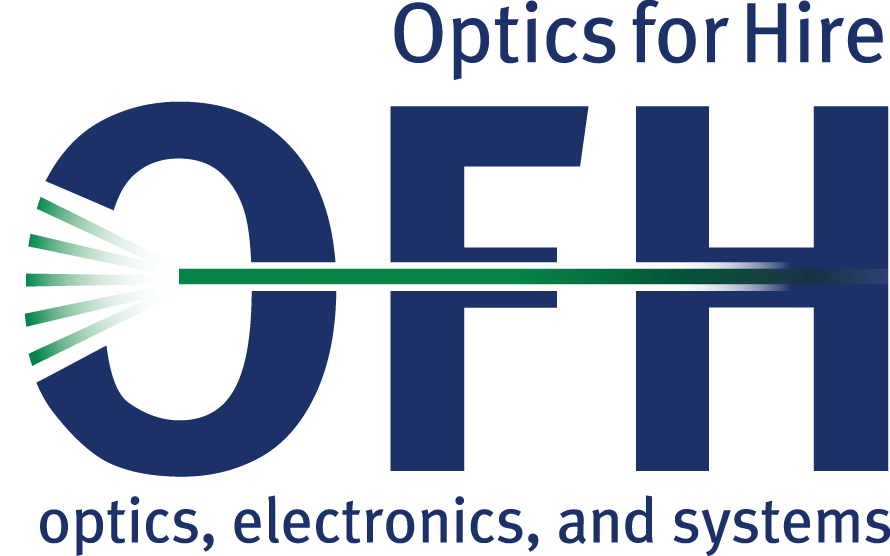Feb 16, 2012 - Michael Pilon
Extreme Linear Dynamic Range Detection Using the Charge Injection Device
Charge transfer device optical array detectors are typically classified in three broad categories: charge coupled devices (CCDs) utilizing inter-pixel charge transfer for readout, charge injection devices (CIDs) utilizing intra-pixel charge transfer for readout, and CMOS devices. The latter devices are named for the standard semiconductor processes used in their manufacture rather than the charge transfer mechanism employed for readout. While CCDs are the preferred detectors for photon-starved scientific applications such as astronomy, and CMOS devices are the preferred detectors for high-volume commercial applications such as mobile phone cameras, the CID is the preferred detector for high dynamic range scientific applications such as inductively coupled plasma optical emission spectroscopy (ICP-OES) and particle beam profiling. Since CID pixels are randomly addressable and the photon-generated charge within the pixel can be quantified non-destructively using intra-pixel charge transfer, the integration time may be varied from pixel to pixel based upon the experimentally observed photon flux. Using this exclusive random access integration feature, unprecedented linear dynamic range exceeding 7 orders of magnitude has been demonstrated on full-frame images with a single exposure – several orders of magnitude beyond the capabilities of CCD and most CMOS detectors. The unique CID architecture is described, high-level CID camera capabilities are discussed, and several illustrative imaging applications are presented.




